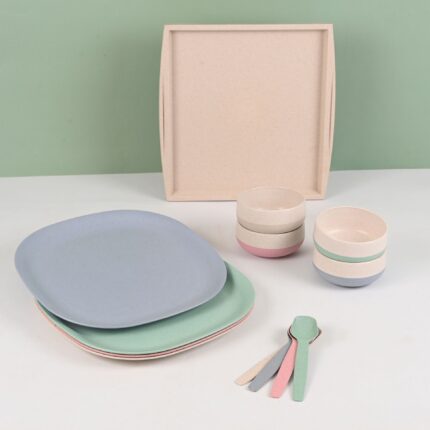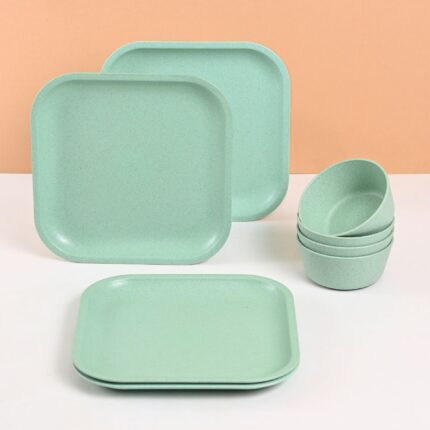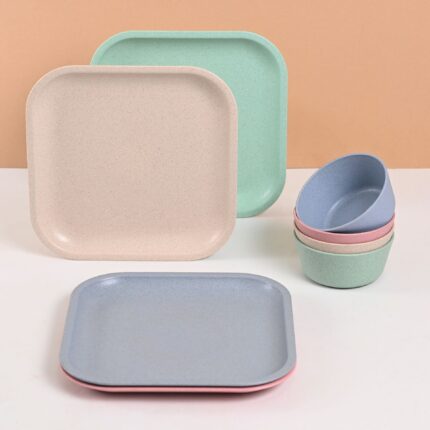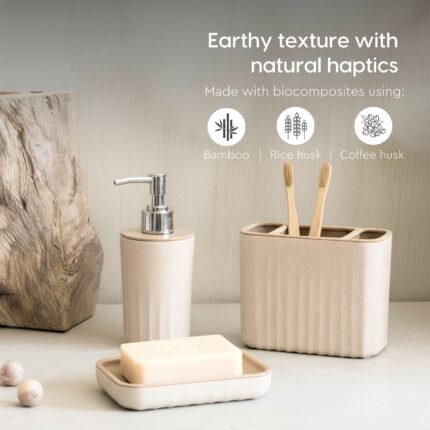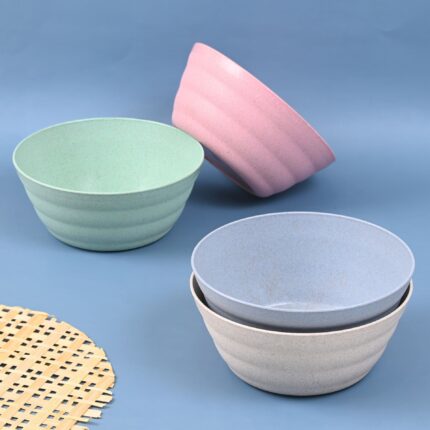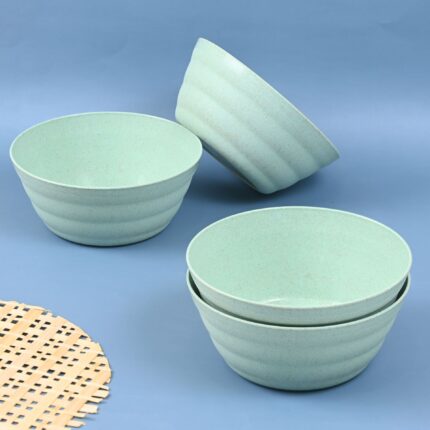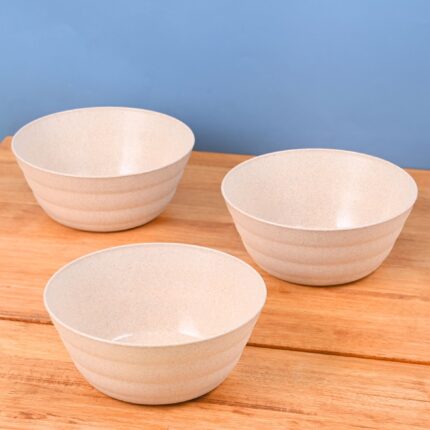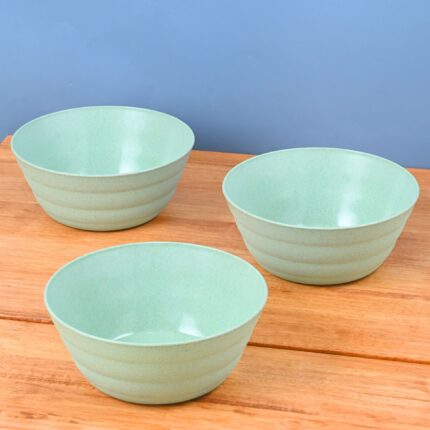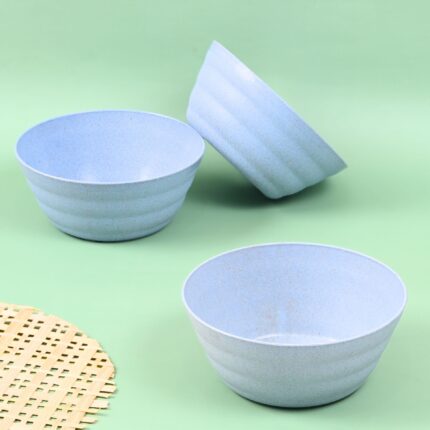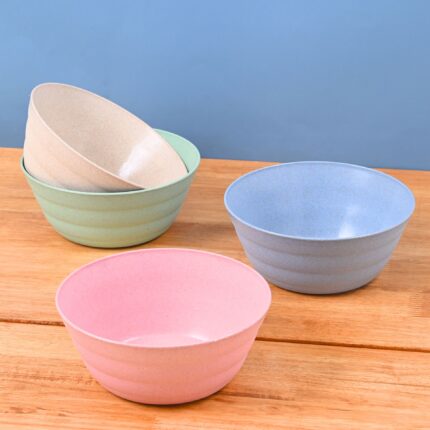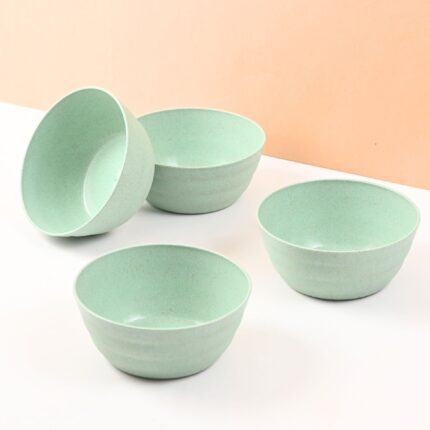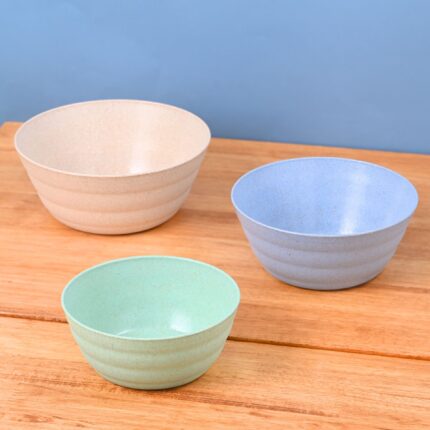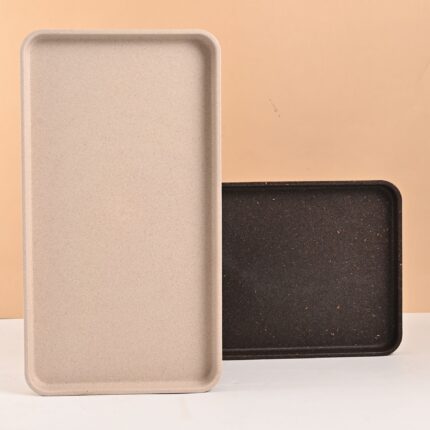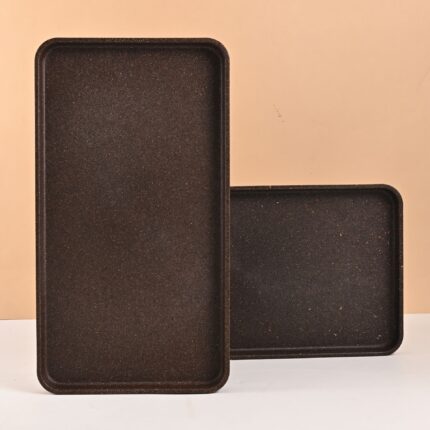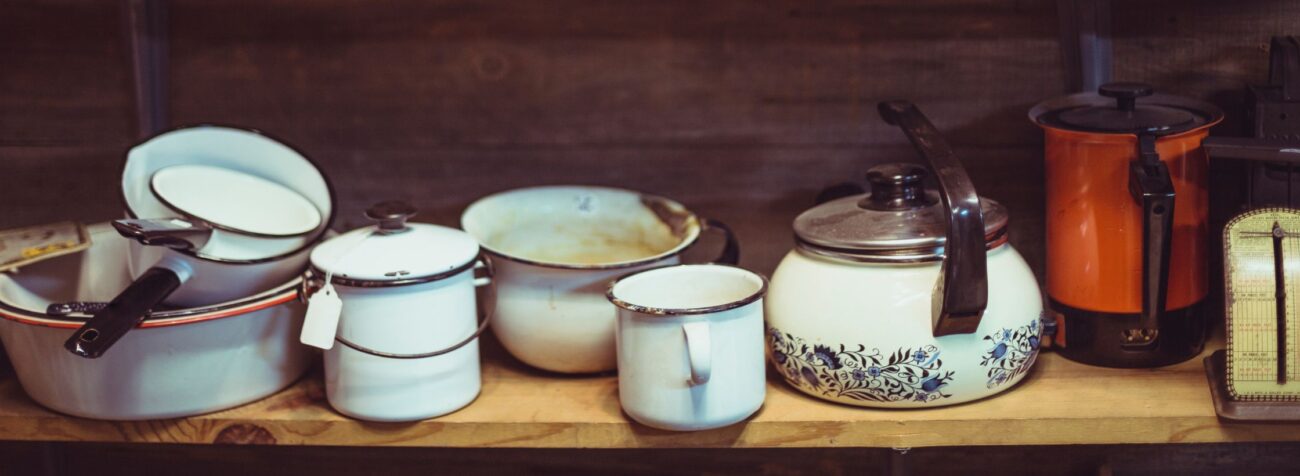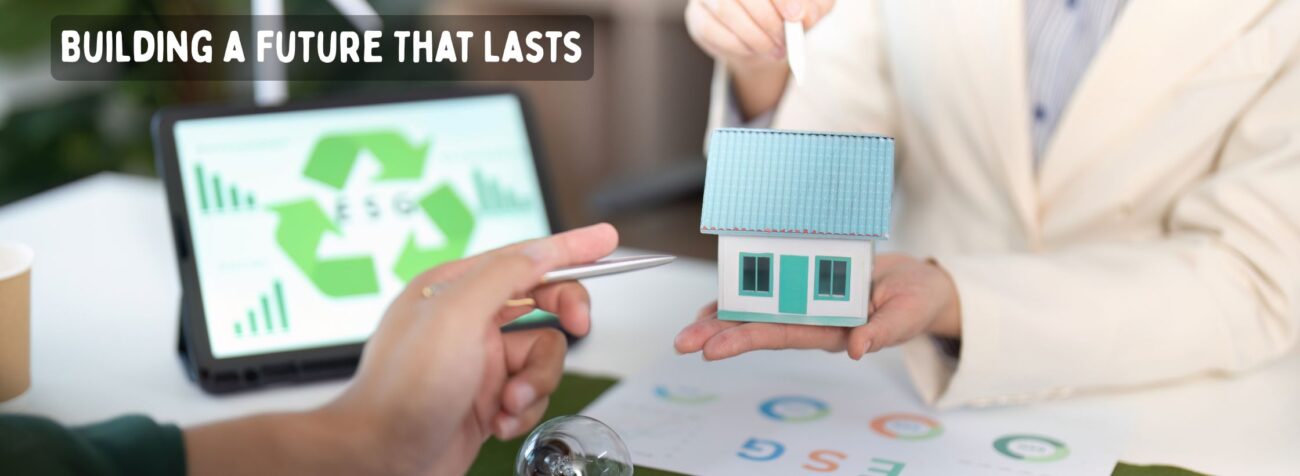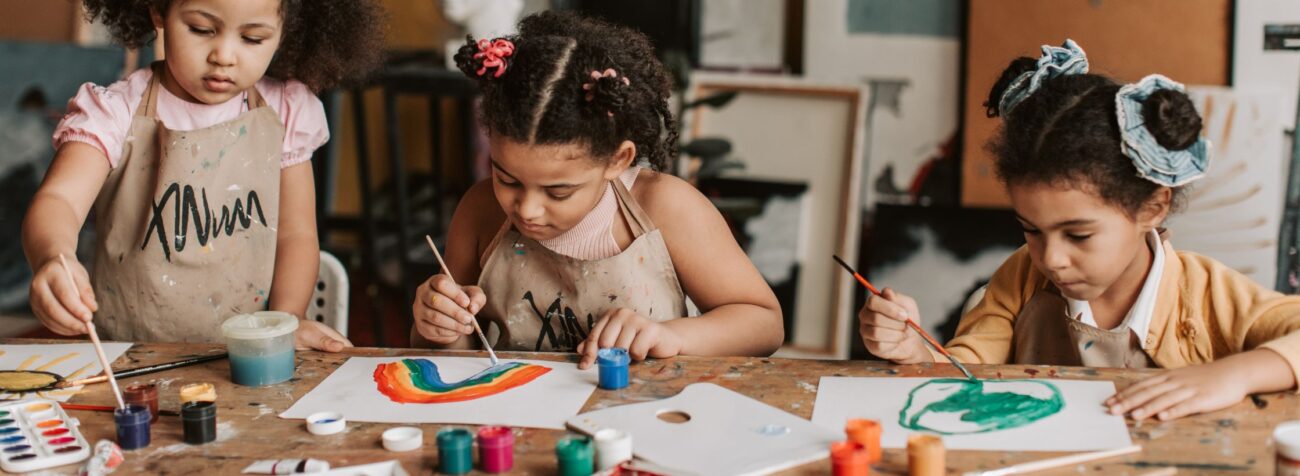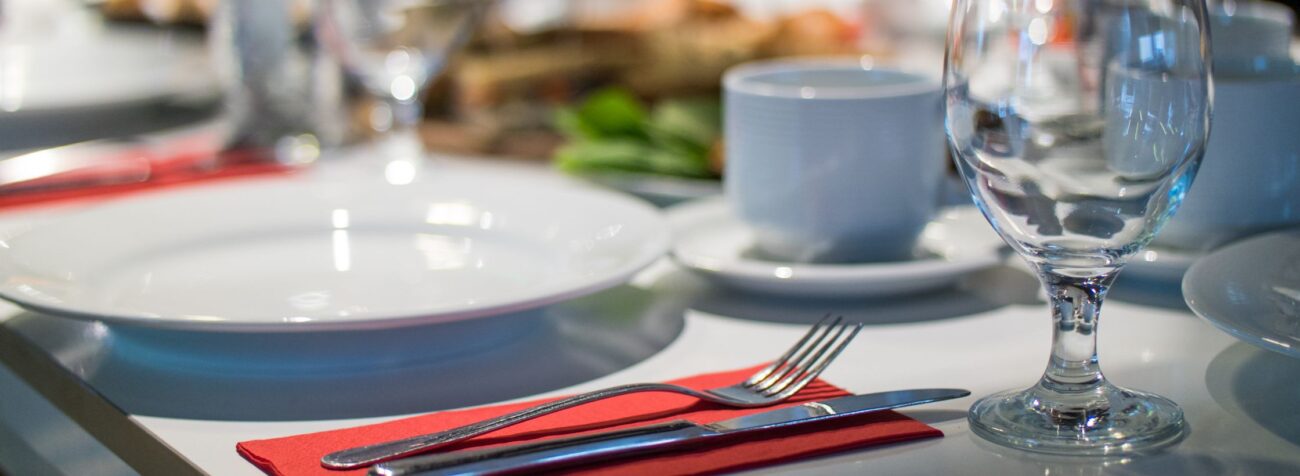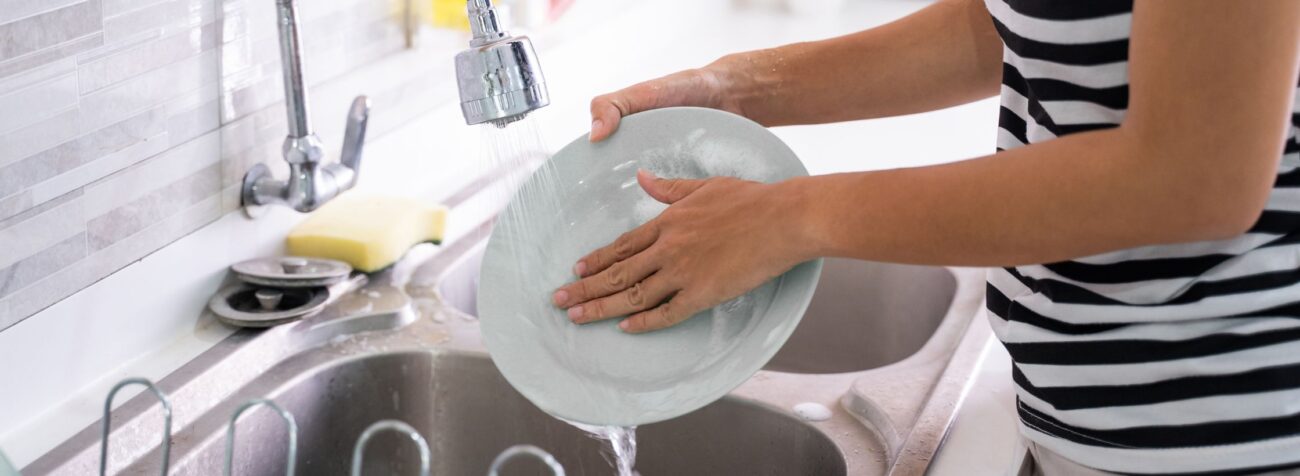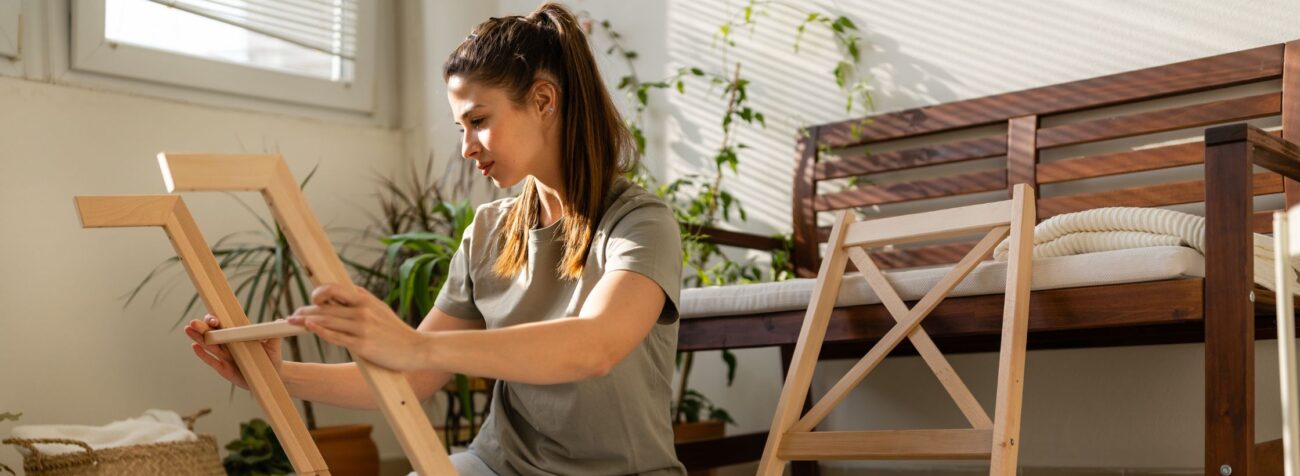How to Keep Your Gardenware Looking Fresh All Year Round

How to Keep Your Gardenware Looking Fresh All Year Round
Gardenware plays a big role in shaping both indoor and outdoor spaces, adding function, style, and a touch of personality to every corner of your home.
Ever walked out to your garden after a long week and thought, “Wait, when did my planters start looking this tired?” Or maybe your favorite terracotta pot cracked in the sun, and now it’s sitting in the corner like an old shoe no one wants to throw away.
We’ve all been there. Keeping your gardenware fresh and good-looking through every season isn’t about spending a fortune or replacing things every year — it’s about small habits and smarter choices.
Let’s talk through a few simple, real-world ways to keep your indoor and outdoor gardenware looking sharp, without overcomplicating it.
Start with What You’ve Got
Before buying anything new, take a walk around your space. Check what needs a quick clean, what’s still solid, and what’s begging for a little love. Some pots may just need a rinse, while others could use a bit of sanding or a new coat of paint.
Here’s the thing — how to clean garden tools and planters depends a lot on the material. A basic rundown:
-
Terracotta or clay: Soak in warm water with a splash of vinegar to lift mineral stains. Let them dry fully before reuse.
-
Ceramic or glazed pots: A gentle scrub with mild soap usually does the trick.
-
Metal planters: Wipe with a damp cloth and dry immediately to avoid rust.
-
Wood containers: A bit of linseed oil can bring the grain back to life.
Protect What You Love
Even the best materials age faster when left to fight weather on their own. If your gardenware spends time outdoors year-round, it deserves a little shelter.
Quick protection hacks:
-
Use trays or risers under planters to stop moisture buildup.
-
Rotate pieces seasonally — bring delicate ones indoors during harsh weather.
-
Apply a natural sealant to porous materials like terracotta or stone.
-
Store small tools or décor in dry, covered boxes when not in use.
Simple, right? These tiny steps can stretch the life of your indoor and outdoor gardenware for years.
Think Long-Term: Choose the Best Materials for Long-Lasting Gardenware
When buying new pieces, don’t just go for what looks good under store lighting. The best materials for long-lasting gardenware are the ones that match your lifestyle and your local weather.
A few to look for:
-
Stoneware and concrete: Built for durability and temperature swings.
-
Metal (especially galvanized or stainless): Weather-resistant, though it needs occasional care.
-
Recycled plastics: Surprisingly tough and planet-friendly when sourced right.
-
Bamboo and coir fiber blends: Lightweight, biodegradable, and ideal for small spaces.
Brands leaning into biomaterials and fair-trade sourcing are leading the charge in the circular and green economy. These materials not only last but also help reduce waste, prevent crop-burning, and lower carbon footprints along the way.
Don’t Toss It — Transform It
Let’s face it — not everything can stay perfect forever. But instead of tossing out cracked or faded items, try how to reuse and upcycle old gardenware for something new.
Here are a few fun ways:
-
Broken pots: Stack them into layered herb gardens or use shards for drainage at the bottom of new planters.
-
Storage tins: Turn them into quirky seed containers or holders for garden tools.
-
Worn-out metal buckets: Repaint and repurpose as rustic décor for patios or entryways.
Each reused piece saves money, keeps material out of landfills, and tells a story. It’s the kind of small circular-economy move that adds meaning to design.
Keep It Clean, Keep It Calm
Here’s the thing: dirty, cluttered garden spaces don’t inspire much joy. Build cleaning into your weekend routine, the same way you’d tidy your living room. A quick rinse, a soft brush, and an occasional deep clean are usually all it takes.
Simple cleaning schedule:
-
Weekly: Remove dead leaves, wipe planters, and check drainage.
-
Monthly: Deep clean heavily used tools and containers.
-
Seasonally: Re-oil wood pieces, touch up paint, and reorganize storage.
And if you’re using sustainable cleaners — like vinegar, baking soda, or lemon oil — you’re not just maintaining looks; you’re helping conserve resources and keep chemicals out of soil.
Bring the Indoors Out (and Vice Versa)
Your indoor and outdoor gardenware don’t need to live separate lives. Swap items around to refresh both spaces. For example, bring sturdy stone planters inside during monsoon months or move indoor pots outside for natural light during spring.
Mixing things up helps your setup feel new without buying more. Plus, rotating your pieces evenly extends their lifespan — no one side taking all the sun or moisture damage.
Making Decor Choices That Match Your Table
Okay, let’s get practical. You don’t need a new dining set every season to match interior design trends.
You just need to notice what feels right.
Here are some quick ways to sync your decor with your dining style:
-
Observe your meal moods:
Are you quick and simple, or slow and sensory? Fast diners prefer light, functional pieces; slow diners like cozy corners. -
Choose natural materials:
Pots and planters made from clay, glass, or metal bring warmth and authenticity. Avoid single-use decor — go for reusable and upcycled options that add character. -
Set up flexible dining zones:
Use storage that doubles up — benches with compartments, stackable chairs, or nesting tables. This works beautifully in compact apartments and small offices alike. -
Mix your textures:
Pair your dinnerware with matching linens and planters. Smooth ceramics next to woven coasters? Chef’s kiss. -
Stay kind to the planet:
Choose brands that focus on fair trade, circular economy, or reducing carbon footprint. When we design our collections, we try to ensure materials are responsibly sourced and easily recyclable.
Kitchen Decor Inspiration From Everyday Routines
Sometimes, you don’t need to hunt for inspiration — it’s already in your kitchen.
The way you line up jars, display fruits, or place a small herb pot near the window says a lot about your sense of style.
If you’re into clean setups, opt for uniform glass storage. Prefer a lived-in feel? Mix old jars with handmade bowls and reused tins. We’ve seen customers upcycle old candle jars into spice holders — a simple act that fits perfectly within the green economy mindset.
Add a splash of life with indoor planters. They don’t just look great; they also filter air and keep the vibe calm, which matters when you’re cooking or working in the same space.
And when you share a meal — or a gift — make it thoughtful. A handcrafted cup or a minimalist tableware set says you care about both function and form.
Small Shifts That Create Big Impact
You don’t have to redecorate your entire home. Just a few mindful swaps can transform the feel:
-
Switch to neutral dinnerware – pairs with any color theme.
-
Use stackable storage jars – saves space and keeps things neat.
-
Bring in light – natural lighting enhances food and furniture tones.
-
Buy once, buy better – opt for durable lifestyle products that last years.
-
Reuse, not replace – before buying new, see what can be upcycled.
Every small step counts toward conserving resources and cutting down on waste — part of our ongoing effort to support climate action while keeping homes stylish.
Wrap It Up: Small Care, Big Payoff
Keeping your gardenware fresh all year isn’t a science project — it’s just a mix of good habits, quality choices, and a pinch of creativity. Choose durable materials, clean regularly, reuse what you can, and don’t shy away from trying an upcycling idea or two.
At the end of the day, great spaces aren’t built overnight. They evolve — like good gardens and good stories.
And when you use sustainable, well-crafted products — from tableware to storage jars, pots and planters, or even cups and mugs — you’re not just decorating; you’re building a lifestyle that lasts and respects the planet.
Visit eha’s range of sustainable gardenware products to choose, made with biocomposite materials using crop-waste such as rice husk, bamboo fibers and coffee husk.
If you are looking at developing new range of earth friendly storage speak to experts at Mynusco.







